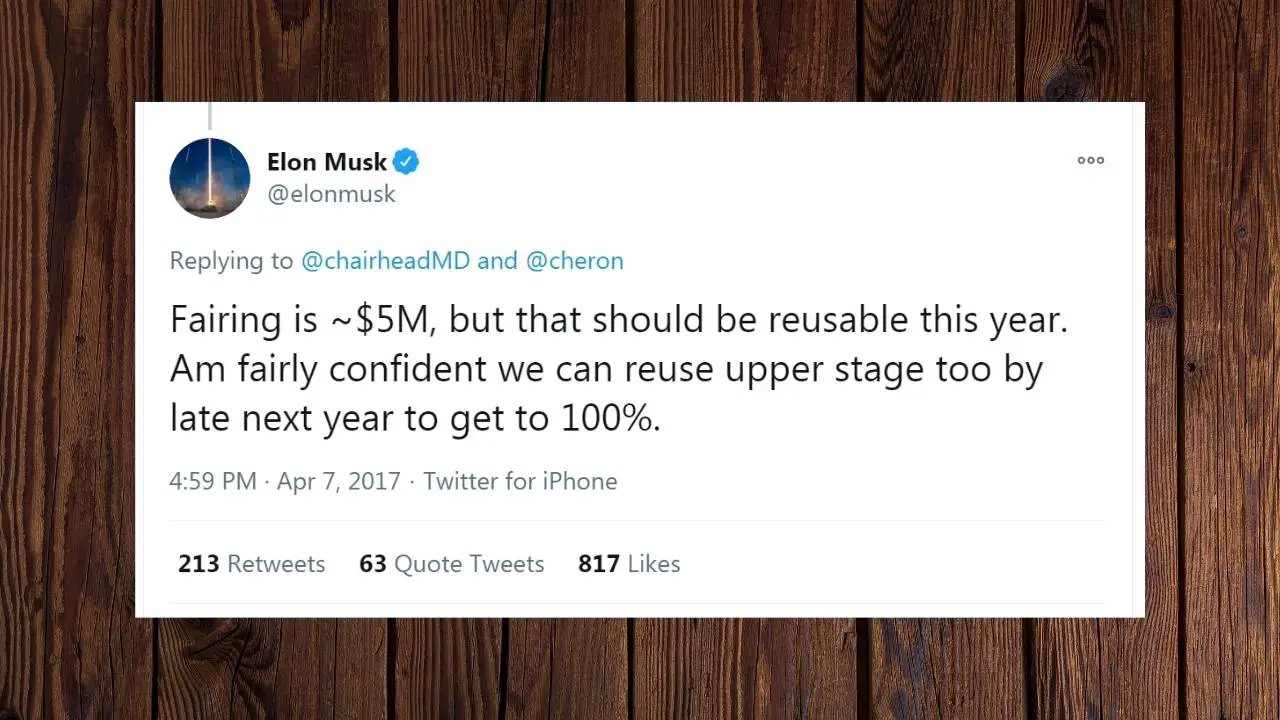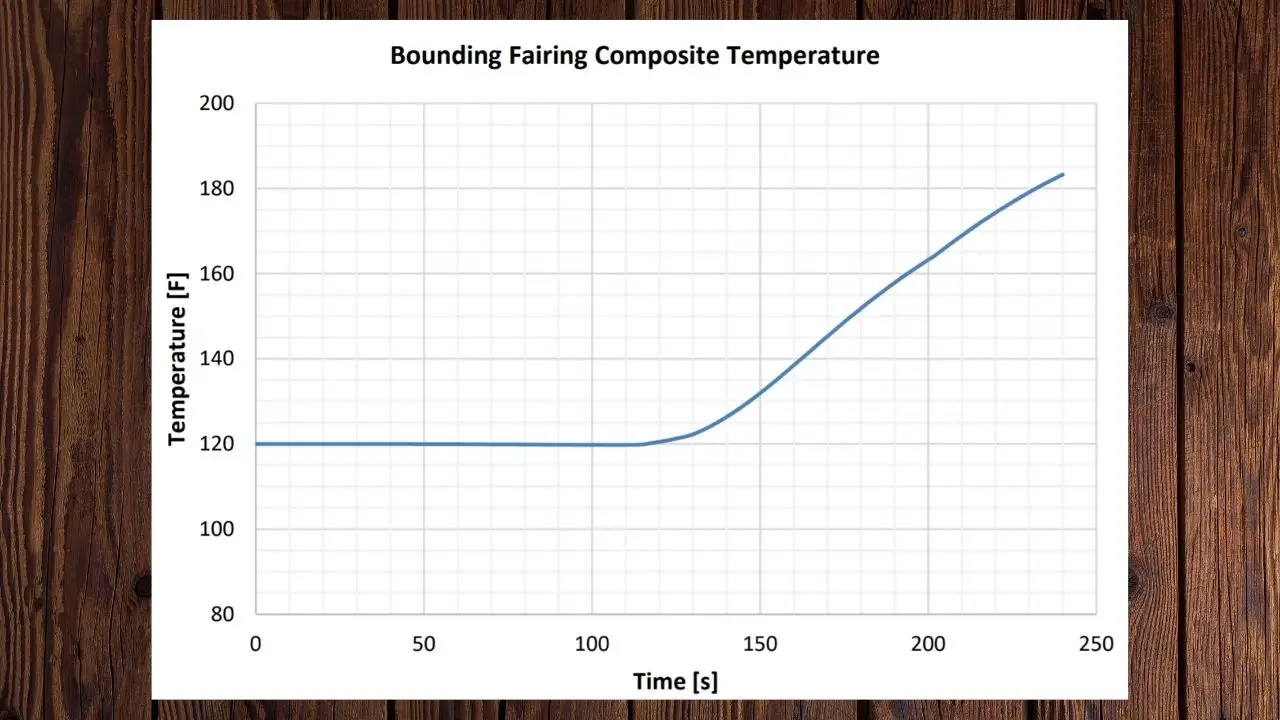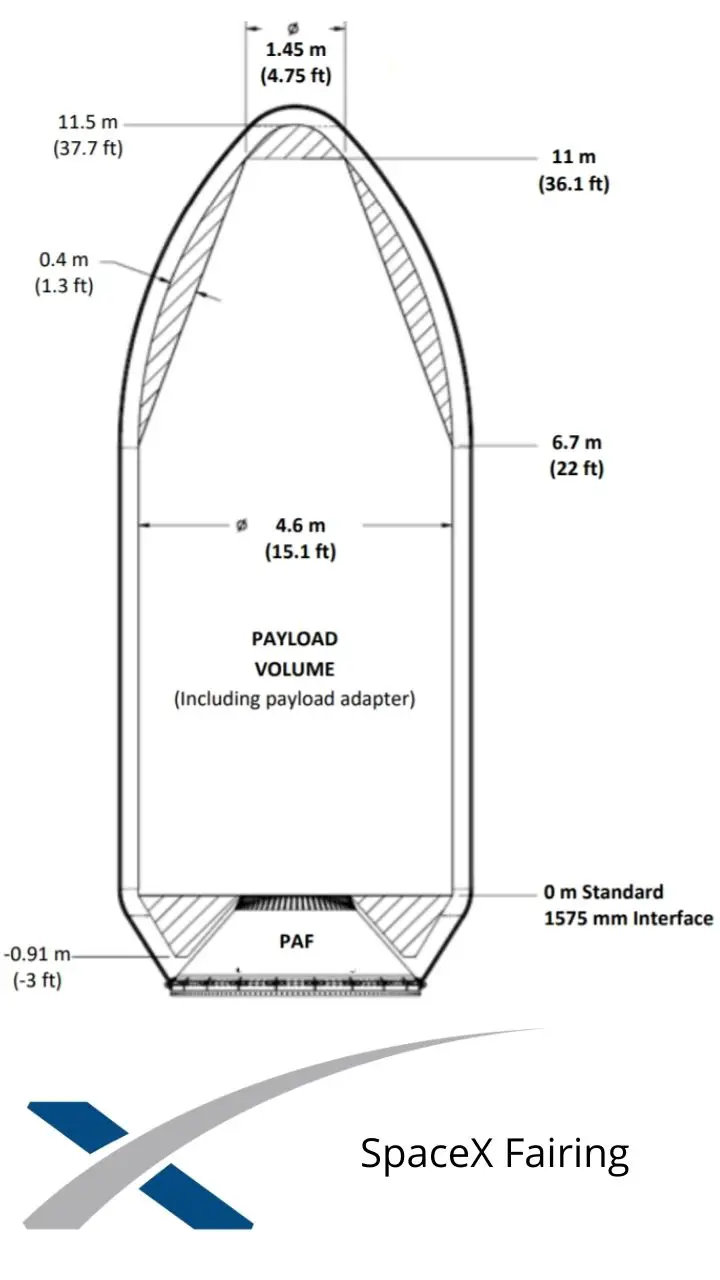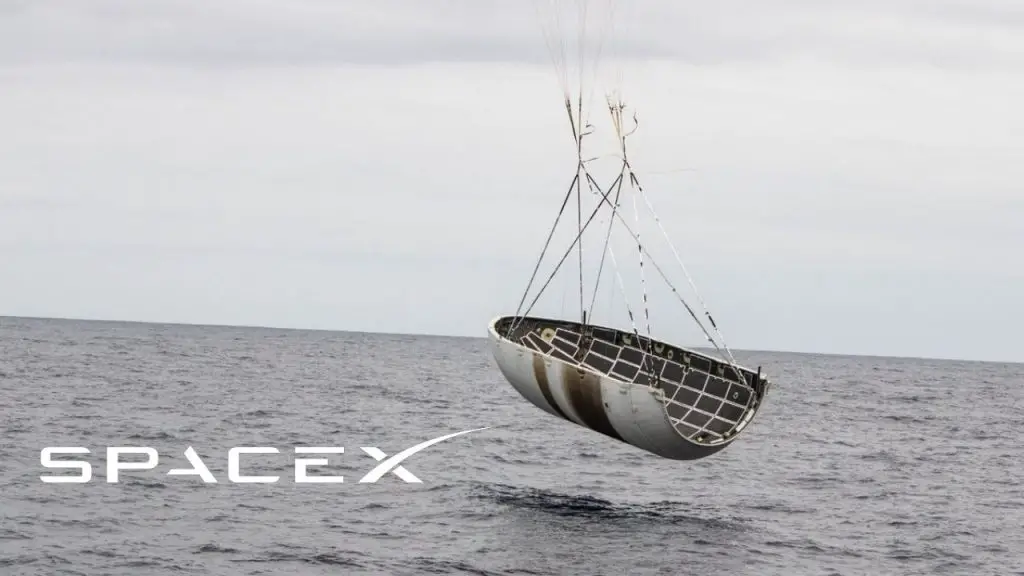For a long time, SpaceX has been trying to capture and reuse their Payload Fairings. Few times they have been successful; other times, they failed.
During an interview, Gwynne Shotwell, the President and Chief Operating Officer of SpaceX, commented about the fairings, “It’s such a shame. This hardware is so expensive; you want to save everything.”[1]
On Twitter, Elon Musk said that the cost of the fairing is about $5 million.[2]
So, why are SpaceX payload fairings so expensive?
SpaceX payload fairings are costly because the manufacturing process is complicated, time-consuming, labor-intensive, and requires expensive tools, materials, and expert knowledge. Moreover, the payload fairing has to be light but structurally strong to protect the payload during the rocket’s ascent, where aerodynamic pressure, temperature, etc., is very high.
Let’s elaborate.
Fairing price in context:
SpaceX does not reveal the price of their rocket parts. However, from various Elon Musk interviews, we found that the first stage of a Falcon 9 costs $30 million, the second stage $10 million, pad and ground support $5 million, insurance around $3 million, fuel $0.8 million, and Payload Fairing $5 million.

SpaceX launches expensive satellites. The price of those satellites is up to $100 to $200 million. To protect a $100 million satellite, $5 million is nothing.
However, even $5 million is 8% of the total launch cost. Without reuse, $5 million is wasted after each SpaceX launch.
The fairing protects satellite:
The SpaceX rocket fairing protects a satellite it carries to orbit. These protections include but not limited to:
- Aerodynamic drag pressure.
- Mechanical vibration.
- Weather.
- Thermal protection.
- Electromagnetic protection.
- Acoustic protection.
Fairing withstands enormous structural load:
If we watch a SpaceX launch webcast, the host typically says that the Payload Fairing shields the satellite during ascent. Once the rocket gets out of the earth’s atmosphere, we no longer need it, and the second stage jettisons it.
Though it may sound simple, the Payload Fairing is a complex structure consisting of many critical parts.
It has to be lightweight but structurally strong to withstand hypersonic airflow, pressure, and high temperature during a rocket ascent.
The fairing has to be lightweight to maximize the rocket’s payload. For example, there are two fairings. If one fairing weights 10 lb more, the rocket’s payload capacity would reduce by 20 lb.
So, SpaceX’s fairings are not a mere thin shell but a structural part that can withstand aerodynamic, vibration, and acoustic loads during launch, especially during the supersonic Max Q.
Max Q is the maximum aerodynamic pressure on the rocket. This pressure is so high that SpaceX throttles its rocket engine. They do it to make their rocket slower to put less stress on the rocket. Otherwise, the Falcon 9 or Falcon Heavy would get destroyed.
As we know, payload fairing consists of two halves. Before a satellite launch, SpaceX puts the satellite on top of the second stage and covers it with the fairings’ two halves. Once the rocket escapes the earth’s atmosphere, the two halves separate using a bolt cutter pyro technique.
According to SpaceX Falcon 9 user’s guide, mechanical latches fasten the fairing’s two halves along the fairing vertical seam. A high-pressure helium circuit releases the latches, and four pneumatic pushers facilitate positive-force deployment of the two halves to deploy the fairing.
They also have to jettison in such a way that it does not collide with the satellite or the second stage. The fairing separation has to be fast, reliable, and clean.

SpaceX fairing is structurally tough:
The SpaceX fairing is 17.2 ft in outer diameter and 43.5 ft in height. It is massive, and one can fit a school bus in it.
SpaceX uses composite carbon fiber to make its fairings. It requires a lot of expensive tools, labor, specialized knowledge, expertise, and costly materials, and specialized machines.
These fairings are very tough and made to withstand enormous pressure during a rocket launch. Moreover, the Payload Fairing chamber is also pressurized. There is also a thermal insulation layer outside of the SpaceX fairing.
According to the SpaceX Falcon 9 user guide, the SpaceX payload fairing is a composite structure consisting of a 2.5 cm (1 in.) thick aluminum honeycomb core surrounded by carbon fiber face sheet plies.
The payload fairing making process is complex:
SpaceX uses carbon fiber composite to make the fairing. SpaceX calls the composite a “carbon fiber epoxy resin system.”
Step One:
Carbon fiber composite is almost like fabric, and SpaceX hand laid it onto a mold. Then they put the entire system into a pressurized oven called an autoclave. It gets cooked and comes out hard.
Step Two:
SpaceX adds an aluminum honeycomb structure to the previously made frame, and they glue the honeycomb to the skin and cure it.
Step Three:
SpaceX adds another layer of carbon fiber with epoxy resin on top of that aluminum honeycomb, and they put it back into the autoclave oven and cure it.
SpaceX engineers do the whole process by hand, and they have to do it for every fairing halves. These autoclave ovens are super expensive and custom made.
Moreover, those fairings have to be rigorously tested.
Production of fairing is so hard that, once, SpaceX was fairing production constrained. They could not make enough of these fairings fast enough for their rocket launch.

Why does SpaceX try to capture the Payload Fairing using Nets?
As we know, SpaceX attaches parachutes and cold gas thrusters to steer the Fairings to land it in a Net on a boat.
The question is, why is SpaceX trying to capture it? Instead, they can scoop it out of ocean water.
It’s because salt water is corrosive and bad for the rocket fairings. Once the fairing comes in contact with the saltwater, it needs a thorough cleaning, but the saltwater damages many critical parts.
Saltwater makes the fairings unusable unless it’s refurbished thoroughly. The cost of refurbishment is so high that Elon Musk said, “cleaning fairings recovered from the ocean may not be a show-stopper to reuse.”
Interesting Findings:
As you can see, SpaceX is trying to land and capture their Payload Fairing with a parachute. However, the first stage of their Falcon 9 and Falcon Heavy rocket lands propulsively. It does not use a parachute. So, why doesn’t SpaceX use a parachute for its first stage rocket landing? To learn more, please click here.
Can SpaceX or Elon Musk claim Mars?
In 2020, SpaceX’s Starlink started their service. Like every other product, a new Starlink customer has to sign a legal document. In that legal document, there is a term which states that:
“For Services provided on Mars, or in transit to Mars via Starship or other colonization spacecraft, the parties recognize Mars as a free planet and that no Earth-based government has authority or sovereignty over Martian activities. Accordingly, Disputes will be settled through self-governing principles, established in good faith, at the time of Martian settlement.”
Therefore as you can see, if you want to get the Starlink internet, you have to declare, Mars is a free planet.
So, can SpaceX or Elon Musk claim Mars? Yes, SpaceX can claim Mars because according to a 2015 federal law 114-90, the US government allows a private entity to mine, own, possess, and sell a celestial body, even though the US does not claim it. Therefore, according to that federal law, Elon Musk and SpaceX can claim and mine Mars.
To learn more, please click here.
Here’s why SpaceX is making Starlink:
SpaceX wanted to make reusable rockets and made the Falcon 9 and Falcon Heavy. Because of its low cost, SpaceX has the majority of the space launch market share and dominates the space industry.
So, why is SpaceX now making the Starlink internet constellation? SpaceX is making Starlink to provide low cost, low latency, fast, and reliable broadband internet to previously unserved or under-served areas worldwide. Moreover, Starlink’s other goal is to generate revenue for SpaceX’s Mars project and help fund a city on Mars.
To learn more, please click here.
Bottom Line:
The SpaceX Payload Fairing has to be super light but structurally very strong. SpaceX rocket fairings are simple on paper but very complex in reality. Moreover, it requires precision tooling, expensive material, and expertise. Because of all these reasons, SpaceX rocket fairing is costly.
